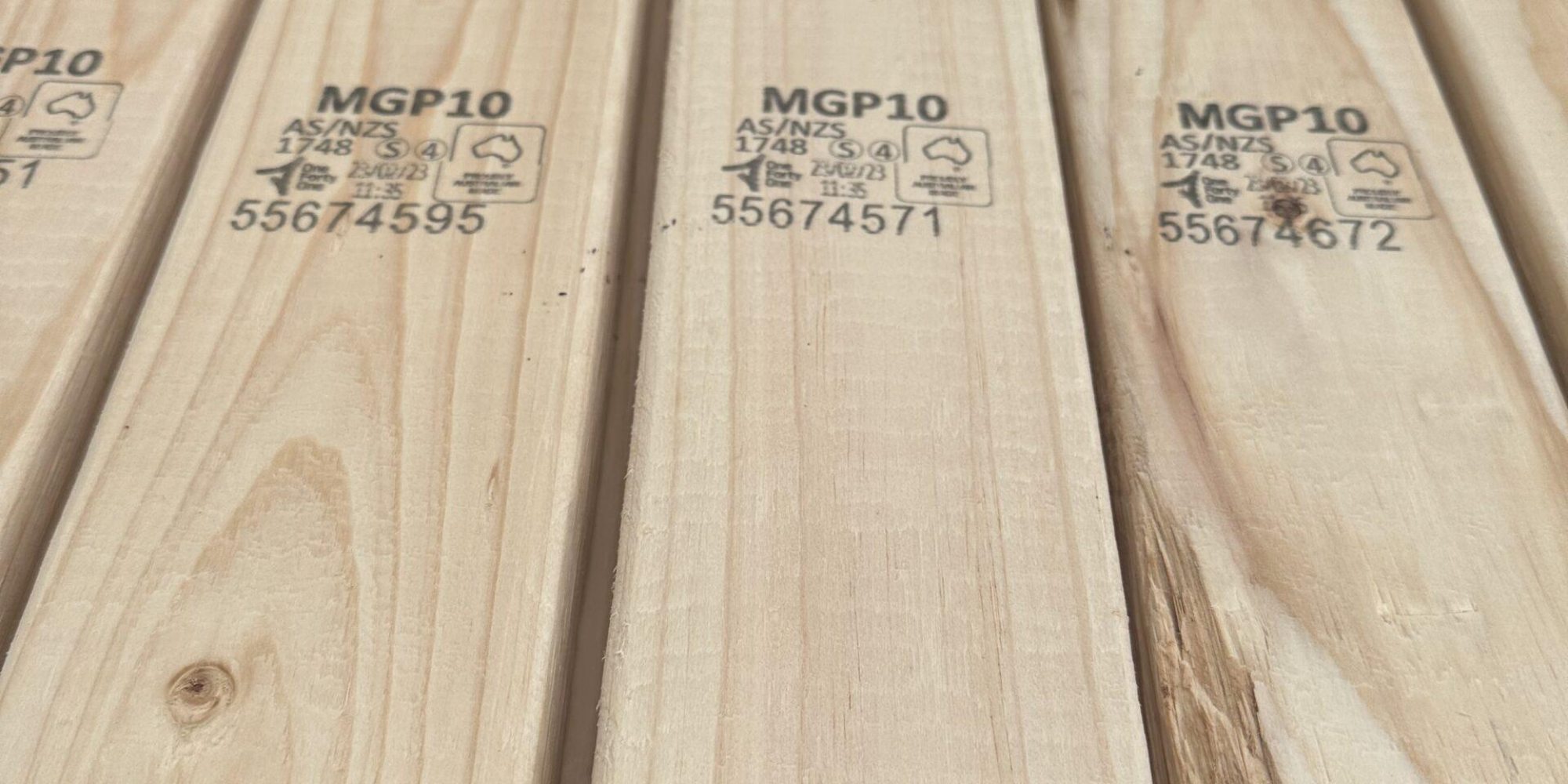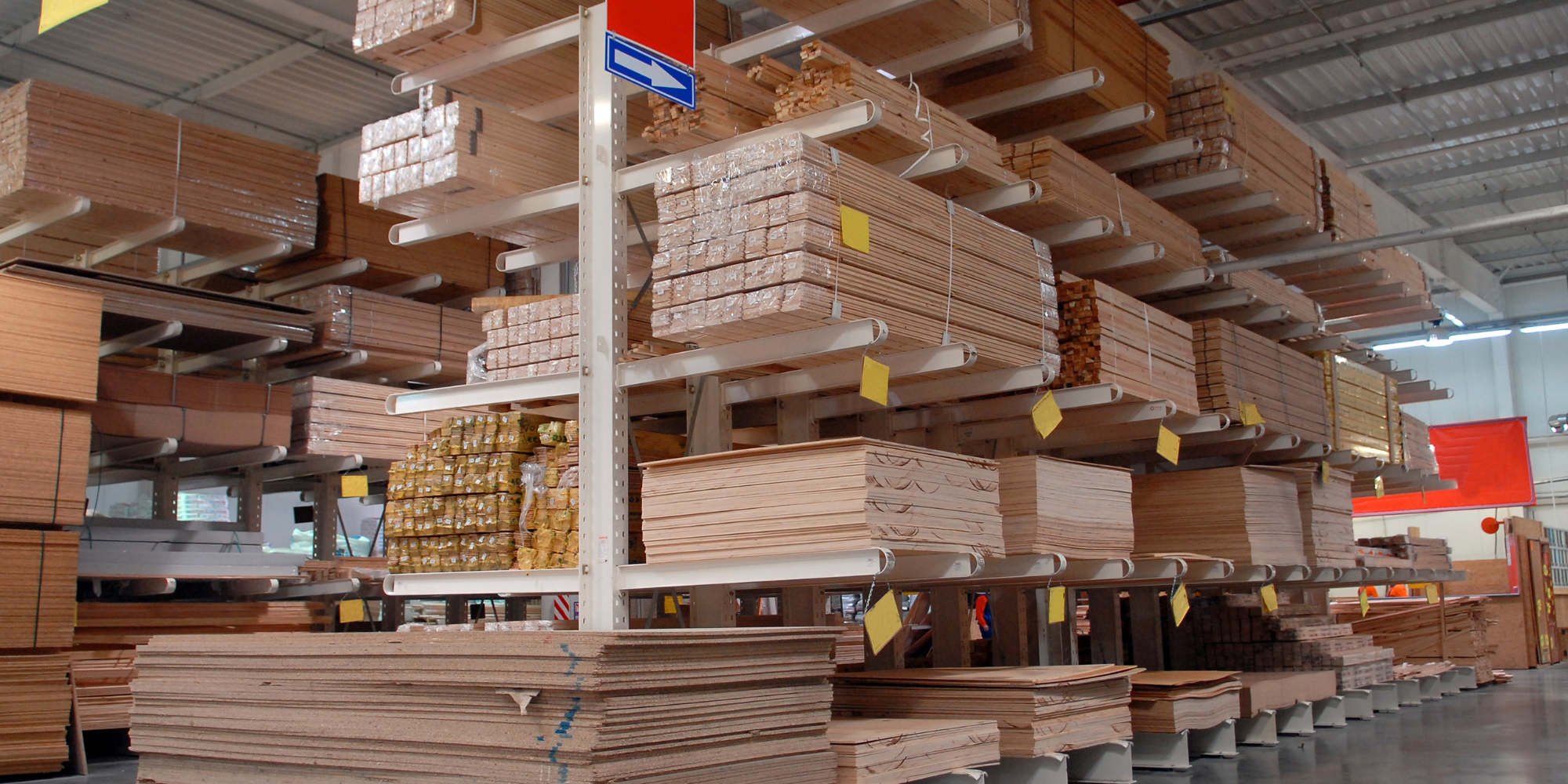Quality control over grading is important to ensure that products are able to deliver the performance that designers expect, and conform to the grade specifications of each of the timbers used in structural applications. This applies equally well to appearance grading and structural grading. In-grade testing of structural products can be used to verify structural properties.
Timber producers will have their own quality control systems and manuals, and in some cases seek endorsement for their quality system under ISO 9002 or AS 3902. This is not a requirement for every producer, but many of the larger producers see the value in having checks and balances on their quality systems to ensure that their grading is as effective as possible.
In some cases, third party auditing of the quality control systems can be used to issue a product certification. This gives potential purchasers confidence that the quality control and assurance programs are in-place and functioning well.
The main process affected by quality control techniques is the grading operation. In-grade testing is the ultimate test of the effectiveness of any grading operation. There are two types of quality control that can be applied:
- Process control - checks that the process is being conducted in the way that will produce material of consistent quality. Typical of process control is the testing and training of graders used in the visual grading process. For machine stress-grading, the calibration checks, consistency checks and verification using calibration sticks are all methods of implementing process control.
- Product checking - looks at the output from the process and establishes whether or not the properties of the product are consistent and within the specification for the product. It picks up things that may not be detected in process control, such as variations in raw materials. This primarily uses the process of in-grade testing.






